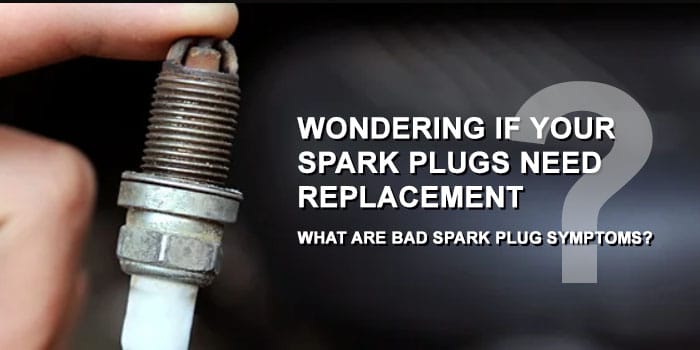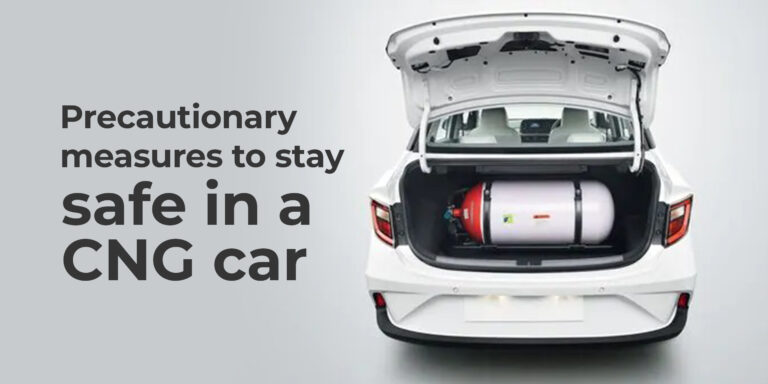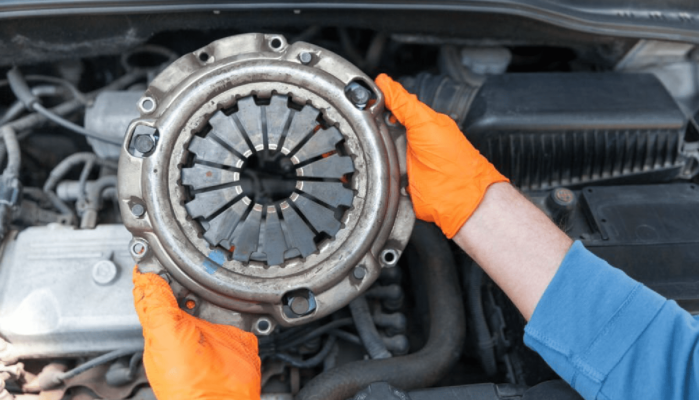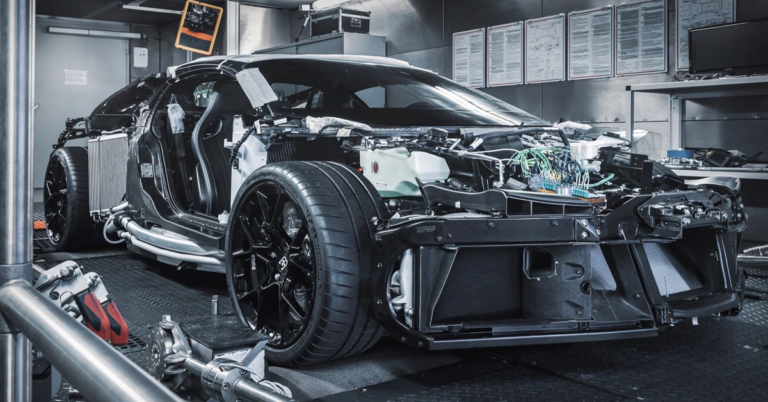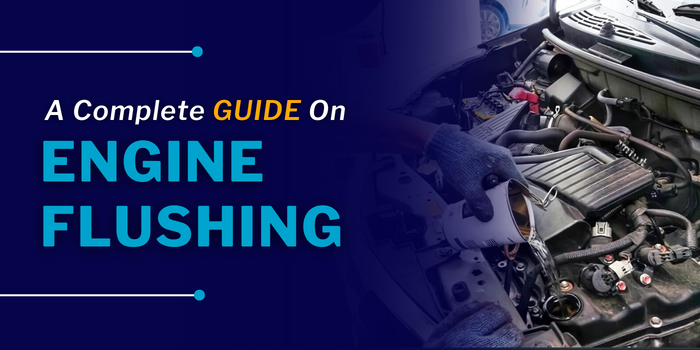
Engine oil is used to lubricate and protect moving engine parts as the car is running. Over time, certain components are subject to contamination from dirt, debris, carbon deposits and burning oil that form sludge (hard resin). This can inhibit the flow of oil and lead to wear and tear of metal parts. Engine flushing is used to clean the engine internals. They are made from chemical additives and synthetic products such as detergents that are designed to dissolve sludge and debris.
Your engine will last longer with an engine flush because oil can efficiently lubricate all parts increasing their life. Engine flush for car engines runs through the system to remove blocks and clean internal surfaces.
Here Checkout Flex Fuel Engines: Explained With Working And Benefits
When Do You Need an Engine Flush?
Using an engine flush every time you change the engine oil is not a requirement. In fact, it may damage the engine by stripping metal surfaces of the lubricating coating applied during manufacture. Keep an eye on vehicle mileage and decide on the right time for engine flushing. Ideally, you should wait at least 50,000 km before using engine flush additives.
Excessive strain can be dangerous if the car or bike is driven in severe conditions, such as dusty roads, over steep inclines or used to tow heavy loads for long distances. The engine may be subject to high temperatures which will cause oil deposits through narrow passages inhibiting the free flow of lubricating fluid. An engine flushing system will bring the engine back to normal working conditions.
Manufacturers recommend an oil change every 5,000 -10,000 km depending on engine specifications. The engine oil filter is replaced during this process to prevent the building of dirt and debris in the engine. An engine flush may not be required in this case as there is not enough time for sludge to accumulate in the engine.
Engine flush oil for bikes may not be as crucial as for diesel engines because they are more susceptible to sludge buildup. Diesel engines work on compression ignition which requires heavy lubrication oil that is easily contaminated with dirt and resin. There are special engine flush chemicals specifically designed for diesel engines. Ideally, an engine flush should be administered once or twice a year depending on driving style and usage.
Click here to know about Bad Ignition Coils Signs In Engine
The Benefits of the Engine Flushing System
Many drivers wonder if engine flushing is good or bad. Most of the time, the pros of an engine flush outweigh the cons. Chemicals in an engine flush clean out engine internals and improve performance, and efficiency, extending component lifetime.
Although each brand of engine flush claim to have different benefits, here are the most important advantages.
The Engine Feels Like New
An engine flushing system will restore the engine to a new-like state where the oil doesn’t get a chance to accumulate dirt, debris and sludge. When replacing engine oil, the new oil may get contaminated quickly. An engine flush prevents this from happening.
Dissolves Dirt That Can Get Through the Filter
Some sludge particles and contaminants are small enough to bypass the oil filter and end up on piston rings and valves. An engine flush is able to permeate through every nook and cranny of the engine and clean hard resins effectively.
Cleans Built-up Deposits
Short driving cycles and stop-and-go traffic causes carbon deposit build-up in the engine oil. Chemicals in the engine flush fluid such as acetone can clean these carbon deposits and reduce the viscosity of oil, resulting in superior lubrication.
Click here to Understand Why Your Car Needs Engine Oil
Engine Oil Change Intervals Are Increased
The purpose of an engine oil change is to prevent the accumulation of dirt in the engine. An engine oil flush can give you a longer service interval because the engine is cleaned of dirt and grime. Just remember to change the oil filter with an oil change.
Cleaner Emissions
An engine flush will clean the combustion chamber, pistons and cylinder of carbon deposits, thereby reducing pollution from the exhaust system. Fuel will burn cleaner and produce more power with an engine flush.
Reduces overheating
The engine will run cooler and more efficiently with a thorough cleaning from an engine flush. Oil has heat-absorbing properties and the engine flush will assist oil in reaching all corners of the engine components.
Read Here Conventional Vs Synthetic Engine Oil
Conclusion
An engine flush is the most affordable way to maintain internal components and maximise engine life. If you feel your engine lacking in performance with sluggish acceleration, increased soot deposit in your exhaust or constant overheating under normal driving conditions, then an engine flush is on order.
Contaminants clog your oil filter and choke the engine. Engine flushing systems clean these deposits so that you can have new car performance always.
Have a look at some more informative articles on the Carorbis blog such as What Are The Different Fuel Types Used In Cars In India and How To Check Engine Oil Level – Carorbis.com
Frequently Asked questions
Q1. How Often Engine Flush is Required?
Ans. The engine accumulates sludge and carbon deposits over time due to burning engine oil, dirt and contaminants. Car mechanics and experts recommend an engine flush every 30,000 – 40,000 km or less if the car has been driven in extreme conditions. An engine flush cleans the internals of components so that oil can flow freely and oil filters will not get clogged. Benefits of an engine flush include better fuel economy, good engine performance, overheating prevention, reduced emissions and smoother driving. If the car has not been driven on frequent short trips or under heavy load, you may want to consider an engine flush.
Q2. Will Engine Flush Clean Piston Rings?
Ans. Engine flush is poured into the oil reservoir and will flow through engine components such as valve covers, camshafts, pistons, piston rings, cylinders and crankshaft. The chemical additives in engine flush can dissolve dirt, grime, sludge and carbon deposits especially on the piston rings and combustion chamber where fuel is burnt. The engine flush can effectively clean piston rings to provide a good seal for burning gases so that they won’t escape into the crankcase and reduce engine compression. The piston will be able to move freely without scratching the cylinders during motion. Preventing worn-out piston rings is key to maximising engine performance.
Q3. Where is Flushing Located?
Ans. Engine flush consists of chemical additives, gum cleaners and products to dissolve accumulated carbon deposits and sludge from the engine. It is poured directly into the engine oil filler port on the valve cover. The flush chemicals mix with engine oil and circulate through the system as the engine idles for 10 -15 minutes. The engine flush is a sort of detergent that effectively cleans internal components so that oil can flow easily through the galleys. Turn the engine off and replace old the engine oil. Don’t forget to change the oil filter as it would have accumulated a lot of dirt and debris by this time.
Q4. Will Engine Flush Remove Sludge?
Ans. An engine flush will remove sludge and help loosen deposits in the engine. You will be left with a new engine that will provide good performance and excellent fuel mileage. Many of the engine flush chemicals available in the market contain acetone which is an affordable industrial sludge cleaner and degreaser that can dissolve carbon deposits and burnt oil particles. Acetone is effective in breaking down oil build-up and hard resins that are a by-product of the combustion process. Using synthetic engine oil can reduce the build-up of sludge because they contain fewer contaminants and can withstand high temperatures without singeing.
Q5. Is Engine Flushing Necessary?
Ans. Engine flushing is necessary for preparing your engine for new oil. The new engine oil will be able to function properly and permeate all areas of the engine effectively. Fuel efficiency is increased because the engine flush will reduce the resistance of moving parts, freeing up the load and allowing the engine to work better. Harmful carbon deposits in the combustion chamber can lead to increased pollution. An engine flush gets rid of these burnt deposits and exhaust gases will have fewer toxic emissions. Overheating is reduced in the engine as oil can absorb excess heat when it is less viscous.
Q6. Engine Flush for Bike is Good or Bad?
Ans. Motorcycle engines have a smaller capacity than car engines with less engine oil flowing through them. However, an engine flush can be effective in cleaning deposits, removing dirt and giving the bike engine a new lease on life. An engine flush is safe to use on bikes and is administered in the same way as on car engines. Just pour the flush into the oil reservoir and run the bike for 10- 15 minutes to allow the chemicals to permeate through the engine. Turn off the engine, then drain the engine oil while it is still warm. Add new engine oil and you should have a high-performance engine once again.
Q7. Engine Flushing Oil Good or Bad?
Ans. An engine flush has more benefits than disadvantages. Some of the cons of using an engine flush include damaging rubber seals and gaskets. The harsh chemicals used to dissolve sludge can have a negative effect on rubber as it may dry out and crack at high temperatures. Engine bearings, turbochargers and lubricated components may not hold up well when exposed to certain chemicals that could strip them of their anti-friction surfaces. Modern engines have a high tolerance to wear and tear so an engine flush may not be required. Standard driving conditions along with regular oil changes at specified intervals are sufficient for preventing sludge build-up.
Q8. What is the Condition of the Engine Before and After a Flush?
Ans. Before an engine flush, performance will be sluggish, and the vehicle may not respond well to acceleration when climbing up steep inclines. There are chances of the engine overheating due to improper engine oil circulation. This will consume more fuel as the engine struggles to keep a normal pace. Exhaust gas emissions will be high at this point. After an engine flush, you should see a marked improvement in engine performance. Acceleration will be quick and the engine will not overheat under duress. Fuel economy will increase while emissions will be cleaner due to the complete combustion of fuel.
Q9. Is Engine Flush Good for Engine?
Ans. Technically speaking, if you change the engine oil and filter at regular intervals, use good quality fuel and maintain your vehicle in good condition, there is less chance of sludge building up in the engine. Modern synthetic oils have detergents and sludge dissolving chemicals that clean the motor while reducing friction between moving parts. However, if the car is not driven for a long time, and has been using the same old engine oil for a long time, then consider an engine oil flush to remove sludge deposits.
Q10. How Much to Flush Engine Oil?
Ans. A 300 ml can of engine flush is used for up to 6 litres of oil. It can be poured directly into the oil filler reservoir at running temperature. Run the car at idle for about 20 minutes and then change the engine oil along with the oil filter. Popular brands of engine flush are Liqui Moly, Bosch, Castrol and 3M. Avoid using engine flush chemicals on a regular basis. Instead, use it only once or twice a year if you have put on more than 100,000 km on your odometer.
Q11. Can Engine Flush Cause Damage?
Ans. Certain chemicals used in engine flushes are known to damage rubber seals and oil gaskets, which may lead to expensive repairs or oil leaks. Check if the engine flush is compatible with your car engine before you add it. Do not run the engine with an engine flush for more than 30 minutes as you may damage sensitive engine components in the process. Older engines may respond well to an engine flush, but newer engines do not require these chemical additives as they use synthetic engine oil. You do not need to use an engine flush at every oil change.
Q12. Will Engine Flush Improve Oil Pressure?
Ans. Tiny dirt particles and carbon deposits from the combustion process will begin to line oil galleys over time leading to sludge buildup and preventing oil from flowing freely. This will result in low oil pressure where you risk damage to the engine components that do not receive sufficient oil and lubricating properties. An engine flush will clean dirt, grime, sludge and resin buildup, immediately increasing oil pressure and preventing potential blocks.

